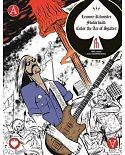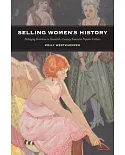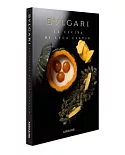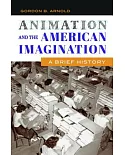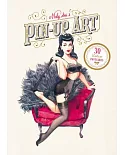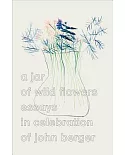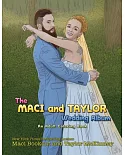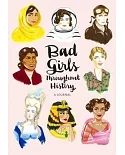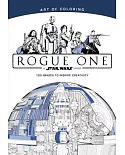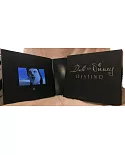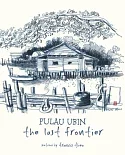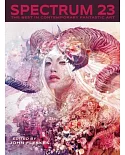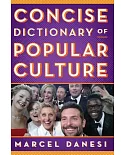This book celebrates the opening of Tate Modern in London and introduces readers to the building, the collection, and the new approach to modern and contemporary art. The gallery presents the
twentieth century through the reinterpretation of four classic themes: the nude, landscape, still life, and history painting. Their reemergence in modern art as the body, the environment, the
everyday, and society is discussed in four introductory texts and through selected writings. The second half of the book is an A to Z of 100 key artists in Tate Modern's international modern
collection that are introduced by eleven art historians.
The Tate's collection of international modern art begins with the revolutionary developments that were taking place at the turn of the twentieth century and continues through to today's
radically different situation, when media, techniques, and forms of presentation inconceivable 100 years ago dominate the art scene. The benefits of thematic rather than chronological
organization are immediate and wonderful, allowing, for example, a view of Monet's Waterlilies next to a stone circle of Richard Long. Such pairings eloquently bear witness to both the
great distance and the tremendous affinities between works of art and ways of working at either end of a century.
Tate Modern's individuality lies not only in its collection or its location in the middle of London, in the historical and culturally diverse Bankside district of Shakespeare and Dickens, but
also in its architecturethe dramatic conversion of the Bankside Power Station. The Handbook illuminates the movements and terms that have shaped our understanding of the past century.
This book is not just about one of the most influential museums in its field, but is also an important tool for the understanding of modern art. This book celebrates the opening of Tate Modern
in London and introduces readers to the building, the collection, and the new approach to modern and contemporary art. The gallery presents the twentieth century through the reinterpretation of
four classic themes: the nude, landscape, still life, and history painting. Their reemergence in modern art as the body, the environment, the everyday, and society is discussed in four
introductory texts and through selected writings. The second half of the book is an A to Z of 100 key artists in Tate Modern's international modern collection that are introduced by eleven art
historians.
The Tate's collection of international modern art begins with the revolutionary developments that were taking place at the turn of the twentieth century and continues through to today's
radically different situation, when media, techniques, and forms of presentation inconceivable 100 years ago dominate the art scene. The benefits of thematic rather than chronological
organization are immediate and wonderful, allowing, for example, a view of Monet's Waterlilies next to a stone circle of Richard Long. Such pairings eloquently bear witness to both the
great distance and the tremendous affinities between works of art and ways of working at either end of a century.
Tate Modern's individuality lies not only in its collection or its location in the middle of London, in the historical and culturally diverse Bankside district of Shakespeare and Dickens, but
also in its architecturethe dramatic conversion of the Bankside Power Station. The Handbook illuminates the movements and terms that have shaped our understanding of the past century.
This book is not just about one of the most influential museums in its field, but is also an important tool for the understanding of modern art.


